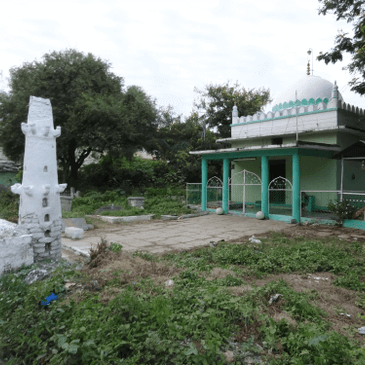S1 S6 motor ratings – what’s the meaning of this ?
S1 S6 motor ratings: here’s a brief explanation of what they mean, how you can understand your CNC machine’s spindle capacity, and how it impacts your machining profits.

In CNC machine catalogs, spindle capacity has traditionally been written as a continuous and short term rating, like this (let’s call this the old spec).

Spindle capacity specs are increasingly written this way (let’s call this the new spec).

What does this mean ?
The old spec example above means that the continuous rating is 5.5 kW and the 15 minute rating is 7.5 kW. You can load the motor at 5.5 kW continuously, or at 7.5 kW for 15 minutes. Specs for larger machines may have 30 minute or 1 hour ratings instead of 15 minutes. The problem with this way of defining the capacity is that CNC machine motors are rarely subjected to a fixed load for a long period of time like 15 minutes. There’s a few seconds or minutes of cutting, then tool change, then again cutting, etc. The old spec. does not mention the duty cycle, the pattern of load that the motor is subjected to.
To fix this problem, the IEC 60034-1 (IEC=International Electrotechnical Commission) standard describes the capability of a motor based on the duty cycle. This is the new spec. Here, S1 is the continuous rating and S6 is the short term rating. S6 is written with a number after it that is the duty cycle for a duty period of 10 minutes.
The new spec. example above means that the continuous rating is 7 kW and the 40 % duty cycle rating is 10.5 kW. You can load the motor at 7 kW continuously (like 24 hours), or at 10.5 kW if the motor gets 6 minutes of rest every 10 minutes. ‘Rest’ means it can be rotating but with zero cutting load. The loaded and idle periods are cumulative, need not be continuous. The duty cycle can be one of these : 15 %, 25 %, 40 %, 60 %.
Text and pics. source: CADEM NCyclopedia multimedia CNC training software.

Etc
Stunning stone house in Gulbarga
I saw this lovely house built entirely of stones and stone slabs merely placed together, in Gulbarga, North Karnataka. Gulbarga actually has quite a few such houses. This house was on a narrow peaceful street where you can actually play cricket because there’s so little traffic.


According to its owner, Syed Dada Ali Shah, his house is more than 100 years old and was built by his grandfather. The walls are stones placed together carefully according to size, with mud binding in a few places. The roof is stone slabs held up by wooden beams. The inside has 3 small rooms, and has electricity, lights, TV, a fan. The inside doors are low, but the roof is quite high – the floor is actually a couple of feet below the road level you see in the pictures.


Dada Ali allowed me to get pictures of the insides of the house, and I had a long chat with his family (that includes his wife and a little high-energy daughter). I finally left his home after some hot pakoras and chai. I of course spouted the usual stuff about not wanting anything to eat (“Nahin, kuch nahin chahiye, kyun taqleef utha rahe hain… blah blah”), while my stomach was growling in anticipation of what was a godsend on a winter evening because I hadn’t had any lunch.


Dada Ali’s family’s profession from a few centuries ago has been the job of tending to the small dargah right next door. A dargah is an Islamic shrine built over the grave of a revered religious figure, usually a Sufi saint. He’s doing a fine job of tending to it – the dargah looks beautiful, nicely painted and maintained.


